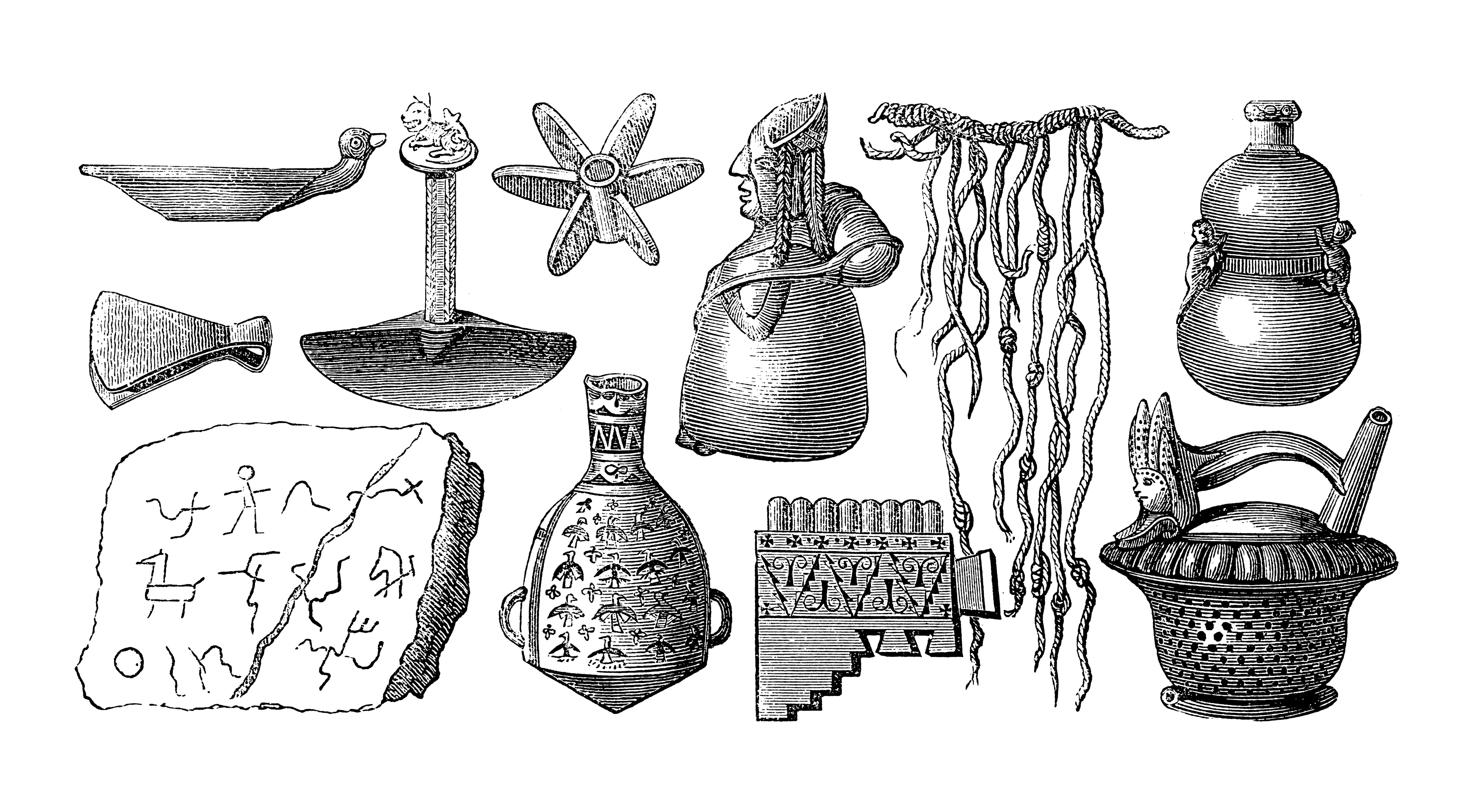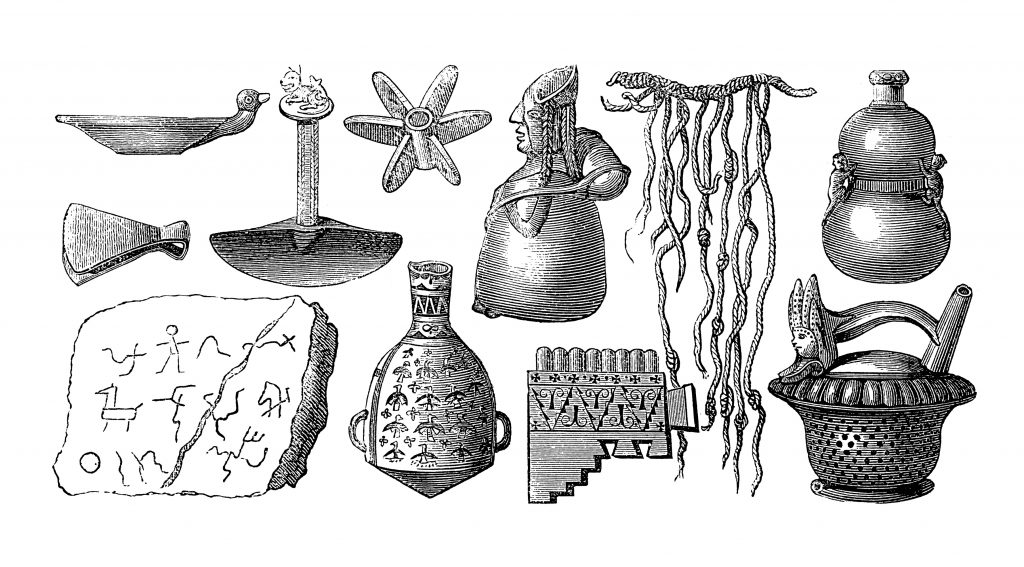The history of the Incas – and many other Pre-Columbian cultures – is often shaped by the accounts of Spanish conquistadores, meaning that these stories are often whitewashed and incomplete. But thanks to the work of a Harvard student, we’re one step closer to understanding the day-to-day life of the Andean civilization.
It all started when Manny Medrano, an economics major who’s currently a junior, decided to take a course on the Inca civilization. One day Professor Gary Urton spoke to his class about a set of six khipus – knotted cords used for record keeping – from the 17th century that were indecipherable. Medrano – a Mexican-American student with a penchant for puzzles – became immediately intrigued. After class he approached Professor Urton and volunteered his time to the project. “I walked up to him and said, ‘Hey, spring break is coming up if you need someone to put a few hours into this, I’d be happy to take a look,” Medrano told Atlas Obscura.
Urton didn’t expect any results – after all, he had other people look into it and come up short – but he agreed to let Medrano take a crack at it. Using a Spanish census document from the same time and region as the khipus, Medrano looked for similarities. Eventually, he found that the knots seemed tied to social status of 132 people recorded on the document and the color of the strings seemingly connected to people’s first names.
“I just remember being pretty excited, that, ‘Wow! I think the guy’s got it,” Urton told Atlas Obscura. “There were a couple of things that didn’t add up and I’d point that out and he’d take it back and work on it for a week or two and come back and he would have understood something about it at a deeper level.”
After months of work, they gathered their research, which will be published in Ethnohistory in January, with Medrano’s name appearing first on the paper – a grand accomplishment for an undergrad student, especially one who made this discovery during his freshman year.
Urton hopes that Medrano’s work will now serve to decode other khipus. If so, then Medrano’s hard work will give us a more complete look at Inca history. “History has been written from the perspective of the conquerors,” Medrano told Atlas Obscura. “And to reverse that hierarchy is what I see this project as doing.”




